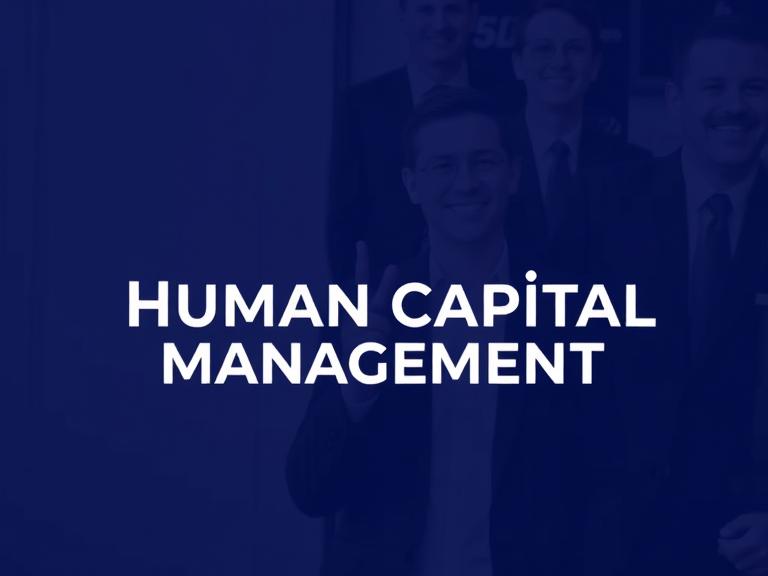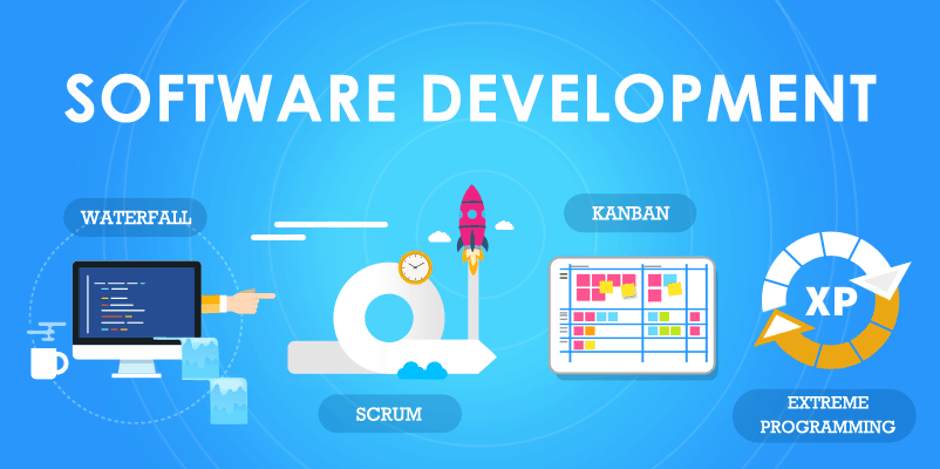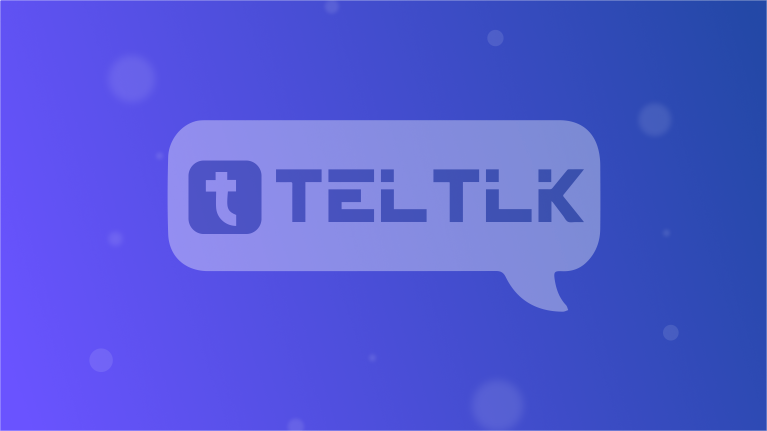Modern organizations operate in fast-evolving business environments where the value of their workforce has become paramount. Today, businesses recognize that strategic investment in human capital management (HCM) is critical to staying competitive and responsive. By fully aligning human resources strategies with broader organizational goals, HCM enables companies to unlock workforce potential, sharpen their competitive edge, and achieve sustainable growth. In a world where change is a constant and innovative thinking is required to meet shifting demands, organizations increasingly view their employees as their most significant asset, directing energy and resources toward fostering a supportive, skills-driven environment.
Implementing robust HCM processes offers more than just administrative efficiency—it creates a holistic framework that fosters innovation, supports business transformation, and ensures employees have the foundational support needed to thrive. When companies leverage HCM strategically, they can drive collaboration, motivate high performance, and maintain the workforce agility necessary to adapt in times of uncertainty. As organizations place greater emphasis on employee engagement and capability development, the impact of effective human capital management extends to all areas of business performance, from customer experience to financial outcomes.
Key Components of Effective HCM
Building an impactful HCM strategy means embracing several essential elements, each targeting a unique aspect of workforce management required for long-term health and success:
- Talent Acquisition and Retention: The foundation of a skilled workforce is substantial talent acquisition. Organizations invest not only in employer branding, but also in streamlining recruitment processes and using targeted outreach channels to attract high-caliber professionals. Companies can better identify candidates who align with their culture and long-term vision by leveraging robust networks and modern technology for screening and interviewing. Once new employees are onboard, effective retention strategies—such as structured onboarding, opportunities for career advancement, and regular recognition—help foster loyalty and reduce turnover, decreasing the costs and disruptions associated with frequent staff changes.
- Employee Development and Training: Continuous learning is vital in a rapidly changing business landscape. By providing structured training programs, certification opportunities, and both formal and informal learning experiences, organizations encourage professional growth and adaptability among employees. This focus on development contributes to increased job satisfaction and prepares employees to tackle new challenges, making the organization more agile and resilient against industry disruptions.
- Performance Management: Transparent performance management systems link employee goals to organizational objectives. Utilizing regular performance reviews, constructive feedback, and clear, measurable metrics, these systems ensure that every team member understands their contribution and has a roadmap for continuous improvement. Open communication and alignment around expectations create an accountable and achievement-oriented workplace atmosphere.
- Succession Planning: Proactive succession planning secures the organization’s future by identifying and nurturing potential leaders from within. Through ongoing mentorship, skill development, and leadership training, businesses minimize the risks associated with losing key personnel and assure continuity in strategic roles during periods of transition or growth. Effective succession planning demonstrates a commitment to employee advancement and long-term organizational stability.
Leveraging Technology in HCM
The integration of technology is revolutionizing how organizations manage their human capital. From AI-driven recruitment solutions that screen candidates more effectively, to cloud-based platforms that facilitate employee self-service and collaboration, digital transformation is streamlining every facet of HCM. Advanced analytics tools help companies anticipate workforce trends, identify skill gaps, and allocate resources more efficiently, offering precise insights that would previously have been impossible or highly labor-intensive to attain. Cloud systems simplify traditional administrative tasks—such as payroll management, benefits enrollment, and attendance tracking—which frees HR professionals to focus on more strategic projects and business growth initiatives instead of paperwork.
Additionally, technology enables new working methods by supporting remote collaboration, virtual learning environments, and digital feedback channels. Integrated HR platforms give managers and employees centralized access to training resources, performance metrics, and essential workplace communications, fostering an environment of transparency, empowerment, and seamless connectivity across the organization.
Fostering Employee Engagement and Well-being
An engaged workforce catalyzes organizational success, and employee well-being underpins high performance across every level. Companies increasingly prioritize well-being through comprehensive benefits, mental health resources, and flexible work arrangements that respect the needs of today’s diverse workforce. Such initiatives improve morale, enhance productivity, reduce absenteeism, and strengthen overall retention by making employees feel valued and supported. Health-related programs—stress management workshops, counseling services, and physical wellness incentives—contribute to long-term employee satisfaction and loyalty.
Regular feedback loops, employee recognition programs, and transparent communication help maintain high levels of engagement and create a vibrant work culture where employees feel valued and empowered. By soliciting and acting upon employee input, companies can quickly address concerns and sustain high engagement year-round, creating a virtuous cycle of performance and trust that reinforces the overall organizational culture.
Diversity, Equity, and Inclusion (DEI) in HCM
Diversity, equity, and inclusion are integral to effective HCM strategies. Organizations that actively cultivate diverse teams benefit from various viewpoints, driving creativity and improved problem-solving, essential for innovation and market responsiveness. Implementing equitable hiring processes—such as anonymized résumé screening and standardized interview structures—helps address unconscious bias and ensures fair evaluation of every candidate. Ongoing bias training and establishing transparent reporting systems encourage accountability and support a safe, inclusive atmosphere for all team members.
Genuine commitment to DEI means integrating these principles into every stage of the employee lifecycle, from recruitment onward. By fostering regular education, setting measurable diversity targets, and celebrating cultural awareness, organizations create fairer workplaces and build a culture of respect, belonging, and innovation where every employee has the opportunity to contribute and succeed. This, in turn, can enhance a company’s reputation, attract top talent, and drive positive business outcomes.
Data-Driven Decision-Making in HCM
Leveraging data analytics empowers HR professionals to make informed decisions based on real workforce insights rather than assumptions. Key performance indicators such as retention rates, engagement scores, and productivity metrics offer valuable visibility into the effectiveness of current strategies and initiatives. By using data-driven approaches, organizations can quickly identify emerging challenges—such as increasing turnover or skill gaps—refine their HCM tactics, and ensure that every investment in people yields measurable, positive outcomes.
This use of analytics transforms HR from an administrative function to a strategic business partner who can influence organizational direction and contribute to executive planning. Predictive analytics can spot workforce risks before they escalate and help proactively design interventions that improve business resilience. This way, data-driven HCM unlocks greater workforce agility and supports strong company performance.
Future Trends in HCM
The landscape of HCM is continuously evolving as new trends reshape organizational expectations and the practice of workforce management:
- Remote Work and Flexibility: The shift toward remote and hybrid work models demands that organizations adapt their HCM strategies to support distributed teams, facilitate seamless digital collaboration, and maintain employee engagement outside traditional office settings. As flexibility increasingly becomes a competitive differentiator for job seekers, companies must find new mechanisms to virtually support team cohesion and productivity.
- AI and Automation: Automating repetitive administrative HR tasks—such as payroll calculation and benefits administration—and AI-powered talent analytics enable faster, more innovative hiring and more effective performance management. Predictive analytics are already used to model workforce needs and proactively address gaps before they impede performance. These technologies don’t just cut costs—they support higher-level decision-making that can fuel innovation.
- Focus on Employee Well-being: There is an increasing focus on holistic wellness, including mental health programs, wellness resources, and proactive support systems. These initiatives recognize that the well-being of employees directly impacts organizational performance, innovation, and resilience, making employee health a pillar of future business strategy.
Embracing these trends ensures that HCM strategies align with business objectives while supporting employee growth and satisfaction. By investing in technology, emphasizing DEI, adopting data-driven practices, and focusing on well-being, organizations can build the adaptive, high-performing teams necessary to thrive in today’s complex business world. The future of successful workplaces relies on human-centered, technology-enabled, and inclusive HCM practices that turn challenges into opportunities for growth and excellence.




